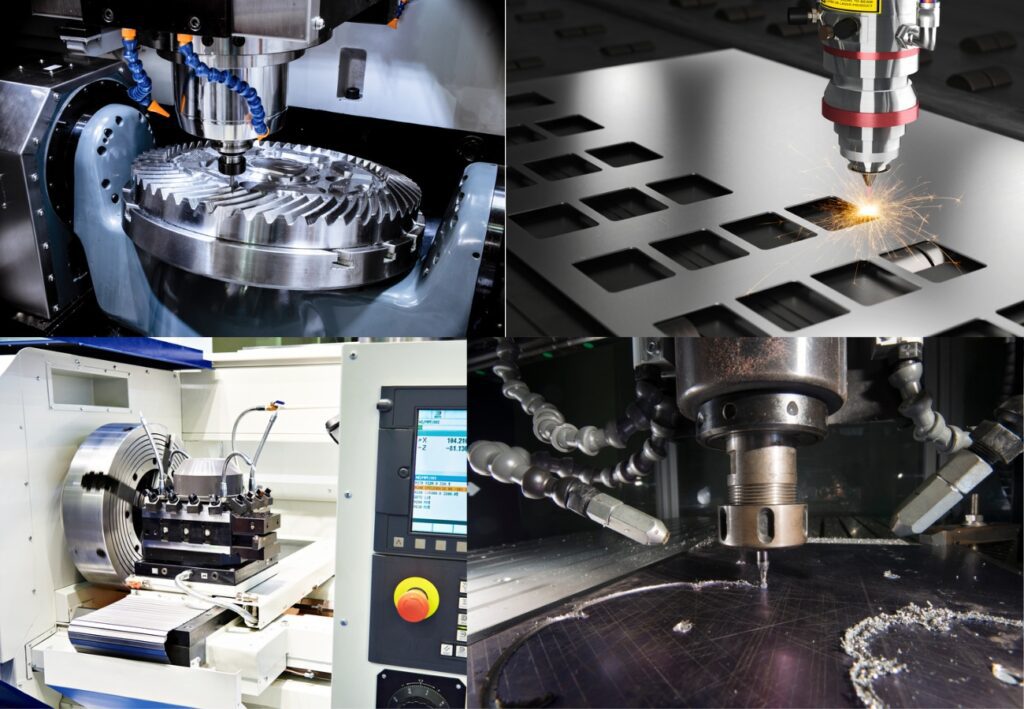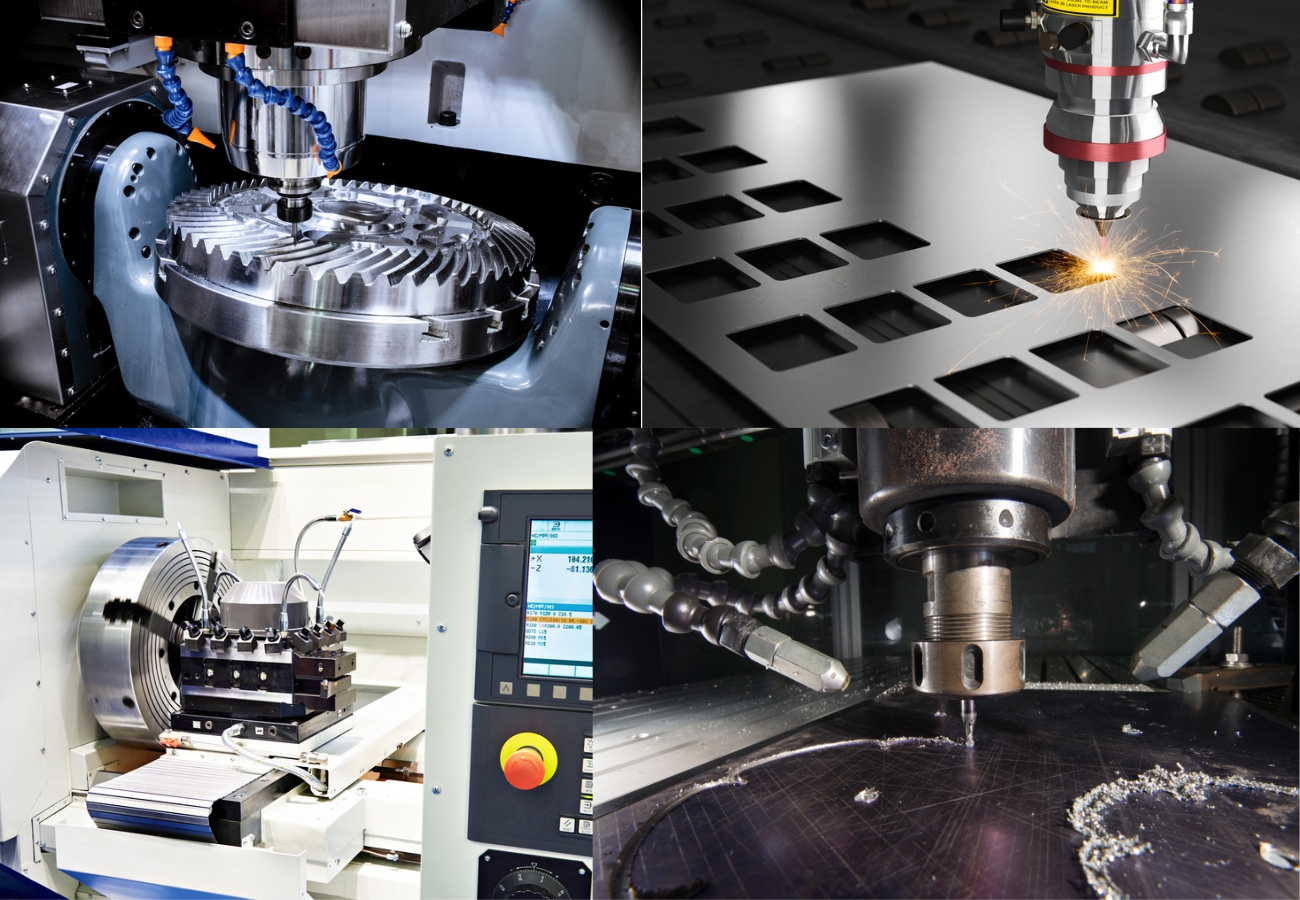

Gone are the days when manufacturing relied solely on craftsmen to create machinery parts, gears, and woodwork using traditional machining and fabrication methods. Today, the introduction of Computer Numerical Control (CNC) technology has revolutionized the manufacturing process.
Over the past few years, CNC fabrication and machining technology has paved the way for advanced manufacturing, making it an integral part of various industries.
Whether you’re in the field of machinery or woodworking, CNC has become essential in achieving higher quality standards and reducing variance.
But, how did CNC surpass traditional machining and become the go-to method for producing precision parts?
In this comprehensive guide, we’ll dive deep into the history and evolution of CNC, discuss its benefits, and give you the knowledge to make informed decisions when purchasing or using a CNC machine.
What is CNC technology?
CNC technology is a manufacturing process that relies on computer-controlled operations to produce various components. CNC equipment is programmed using specialized software that enables it to cut, shape, and drill materials according to precise dimensions and specifications. The programming consists of the use of G-codes and M-codes that control the movement of the CNC machine. These codes specify the coordinates and the speed at which the machine will operate.
CNC History
The beginnings of CNC technology can be traced back to the 1940s, where the first concepts of automating machinery and production processes began to develop. However, it wasn’t until the 1970s that CNC came to fruition and became a viable method for producing precision parts. This early technology was mainly used for military and aerospace industries, where the accuracy and efficiency of CNC proved to be indispensable.
How does CNC differ from traditional machining and fabrication methods?
Traditional machining and fabrication methods rely heavily on the skills of operators to control the cutting tools. Operators must have a high level of skill and experience to deliver high-quality products consistently. However, with CNC technology, the process is automated and is not operator-dependent. CNC machines can deliver complex shapes and precision parts with the utmost accuracy, which makes them the preferred choice for manufacturing.
Why is CNC important in advanced manufacturing?
CNC technology is designed to produce consistent and high-quality products, reducing the likelihood of errors and defects. It allows for faster lead times, and the ability to produce complex shapes that are not possible with traditional machining and fabrication methods. Advanced manufacturing relies heavily on CNC technology for the production of aerospace components, medical devices, automotive parts and other specialized applications.
Choosing the right CNC equipment.
When choosing CNC machining equipment, there are several factors to consider. These include the type of material you will be cutting or shaping, the level of precision required, the production volume, and the available space in your workshop. Some equipment types are more suited to specific materials than others, such as waterjet cutting for ceramics or laser cutting for metals. CNC routers are commonly used for woodworking and engraving. Additionally, you must consider the maintenance costs, software upgrades, and operator training requirements to ensure you get the most out of your investment.
The future of CNC technology.
The advancements in CNC technology show no signs of slowing down. With the introduction of new automation technologies, such as Artificial Intelligence (AI) and machine learning, manufacturers can expect more precise and efficient production output. The integration of IoT sensors and cloud computing is also expected to improve communication and data sharing for enhanced productivity. In the future, we can expect to see more cost-effective and efficient CNC equipment that delivers high-quality products, with faster lead times and reduced errors.
In conclusion, CNC technology has revolutionized the manufacturing industry, making it possible to produce complex and intricate shapes with the utmost precision and consistency. Traditional machining and fabrication methods have been surpassed by CNC technology, delivering faster lead times and reducing errors. As a small business owner, workshop manager, or DIY enthusiast, choosing the right CNC equipment can be a daunting task. But by understanding the basics of CNC technology, you can make an informed decision when selecting, buying, or hiring a CNC machine. With future advancements in CNC technology, we can expect to see even more efficient and cost-effective production output, which will benefit all sectors of the industry.

